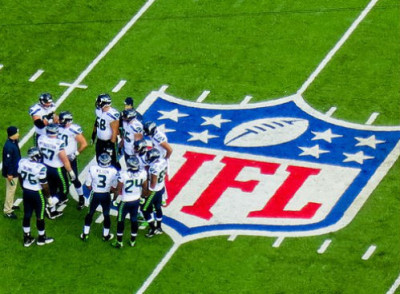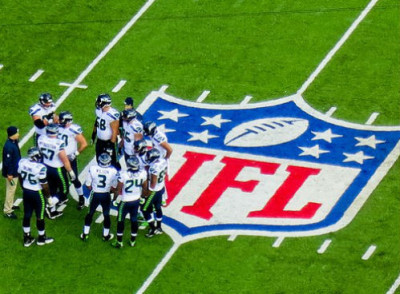When we think about analytical data, we imagine information collated and used in advanced niches such as the medical and computer industries. But there’s one other industry that uses analytical data on a major scale and has done so since the dawn of time.
We are of course talking about the world of sport.
From motorsports to badminton, there are very few sports (if any) that don’t make use of analytical data in some shape or form. Anyone that remembers a baseball player’s batting average or a footballer’s injury record will understand exactly what we mean.
Data such as this can determine a player’s value when it comes to transfers and contract negotiations. And with salaries and transfer fees skyrocketing year after year, it’s easy to see why the analysis of a player’s individual data is considered an essential part of sport. Club boards and shareholders would understandably feel reluctant to sanction such significant cash outlays without at least some form of historical data and performance records to justify their decision.
But it’s not just the accountants that consider analytical data so crucial to sport. There is also evidence of players themselves using data to help their decision-making processes. For example, goalkeepers know which side a striker usually favors when taking a penalty while poker players are notorious for gathering all kinds of data to help them make their big game decisions. Fighters study their opponent’s data in order to decide upon a game plan while golfers pay close attention to course records and statistics.
There are many experts that credit Michael Lewis’ 2003 book ‘Moneyball’ with introducing the use of analytical data to modern sport. His book told the story of how Billy Beane successfully used sabermetrics in player evaluation, and while it is true that the book and subsequent movie brought the use of data to the general public’s attention, it has been in sport for a very long time.
One thing that we can loosely attribute to ‘Moneyball’ though is the near obsession that fans now have with player and team statistics. People are now consuming analytical content at an incredible rate often with the express intention of predicting the outcome of a game or a player’s performance. There are entire websites dedicated to analyzing player data, and it’s a niche in sport that is growing at a steady pace.
But perhaps one of the most notable uses of analytics in sport is in the NBA where teams now use ‘player tracking’ which helps evaluate how efficient the team is by analyzing player movement. The data collated also includes the speed of a player, ball possession, and how many times he touches the ball. This info is then used by the team’s coaching staff when designing training programs and game plans. And with the data available on NBA.com it’s another set of stats for the data hungry fans to consume.
As you can see, analytical data is not just a term used by the developers at Google and Microsoft. In fact, the collation and analysis of data is a practice that virtually every sport on earth makes use of on a day to day basis. So the next time you’re sitting down to watch a game, just remember that there’s a team of analysts doing the very same and while the players are the heart of the team, these stat guys are the future of sport. Their work is the difference between a team signing a future superstar on statistical merit or a flop on gut instinct.
Data analytics though is not just the future of sports, at this stage in the game data analytics is sports.

Pelé, Brazil’s mighty king of the ‘beautiful game’
Source:...



![Poker & AI: The rise of machines against humans [Infographic]](https://crayondata.ai/wp-content/uploads/2022/05/artificial-intelligence-2-2.jpg)









